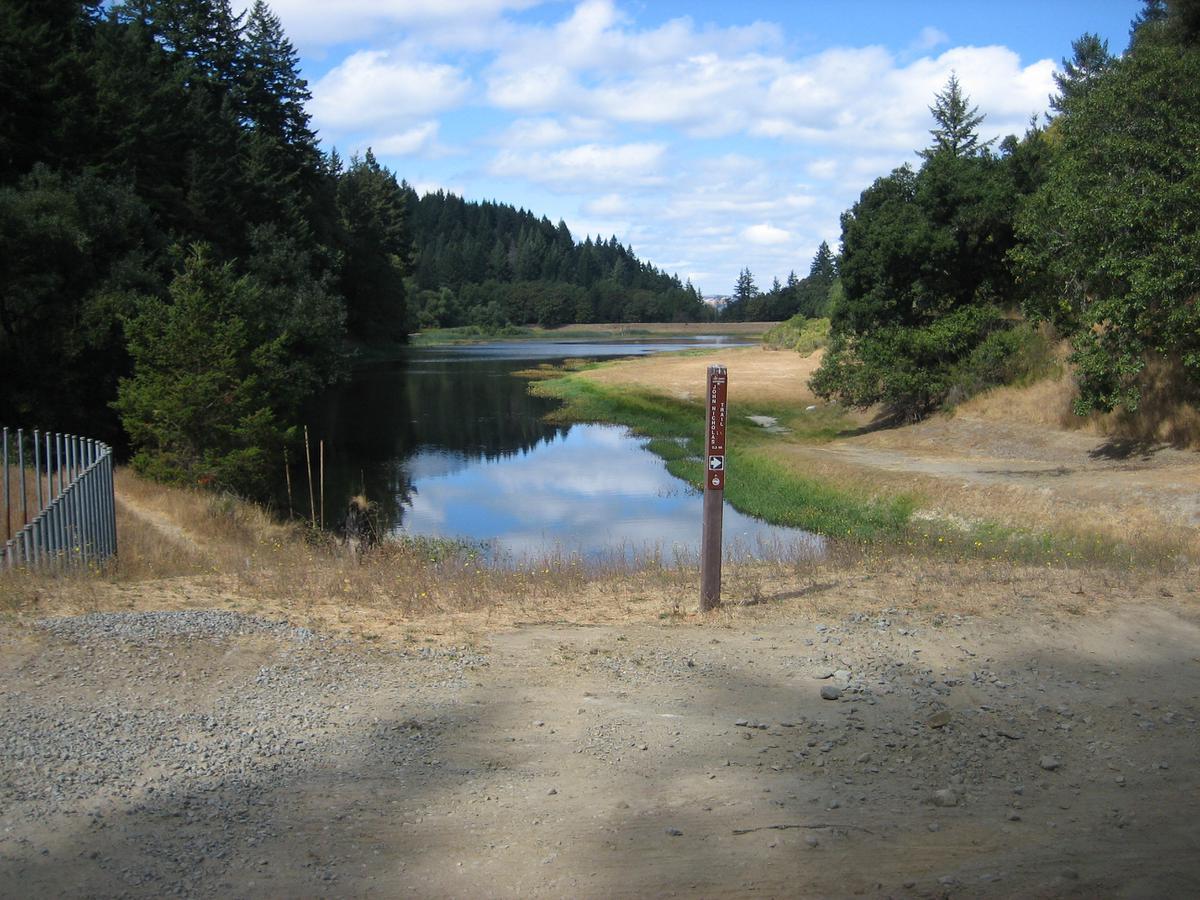It’s 3 a.m. You wake up. The house seems quieter than normal. Your wife shifts slightly and the dog snores as you pad barefoot to the bathroom to get a drink of water. You turn the faucet handle, yet no water comes out. Confused, you use the toilet and flush. Again, nothing happens.
Your day without water has begun.
5 a.m. The alarm goes off. Your wife wakes and heads to the bathroom shower while you go the kitchen. Without water, neither of you will be able to wash or make hot coffee or tea. Your not alone: 884 million people in the world – nearly one in 10 – do not have clean water.
7 a.m. Should you bother getting the kids up for school? There won’t be any water there either. Access to drinking water affects education. A Tanzanian school saw a 12% increase in attendance when water could be reached in 15 minutes rather than one hour. Less walking to get to water meant more time for education.
9 a.m. You start to worry. “I live in a large city…with no running water. Where can I find fresh water for my family?” In many areas around the world without water, 13 million women must carry an average of 40 lbs. of water for 30 minutes or more. Daily.
11 a.m. Hospitals are still open – but without water, doctors and surgeons can’t wash their hands properly to treat patients. Firefighters arrive at the scene of fires but can do nothing to fight them. The situation is quickly spiraling out of control for health and safety workers.
1 p.m. You check your email. Nothing new in hours. Without a reliable water infrastructure, one-fifth of the U.S. economy could grind to a halt.
3 p.m. Your children are looking for an afternoon snack. But there’s no water to wash fruit, cook pasta or make soup. You begin to worry about how you will meet their needs knowing that a lack of access to clean water kills a child every 15 seconds.
5 p.m. Without water, nearly all work came to an abrupt halt this morning. You think, normally at this time, you’d be shutting down the computer and heading to the car for the commute home. Just one day of water service disruption represents a $22.5 billion loss in national GDP.
7 p.m. You give each person in your family a glass of bottled water. The kids seem especially thirsty. Adults are made up of 50-65% water. Newborns are up to 78% water.
9 p.m. Without running water, it’s hard to keep things clean. More than 2 million people drink water contaminated by feces because they don't have access to clean water.
11 p.m. You finally fall asleep, exhausted. And still thirsty. Across the world, one in nine people lack access to safe water, while one in three people lack access to a toilet. You knew that other parts of the world struggled with water access but never imagined this could be happening in America. Yet many communities around the country — from Flint, Michigan, to right here in California (Porterville and Central Valley) are without water.
1 a.m. Your day without water has ended. If reuse and conservation do not become a priority, the world is expected to experience a 30% shortfall in its fresh water supply by 2030. #ValueWater
Earlier this month, SJW participating along with more than 700 other organizations to raise awareness and amplify each other's water access messages. But we can all do more, throughout the year, to help people around the world, and right here at home, get access to clean water.
While unimaginable for most of us, there are communities in the United States that live without access to clean water. To learn more about how you can help raise awareness, please visit imagineadaywithoutwater.org. #ValueWater
